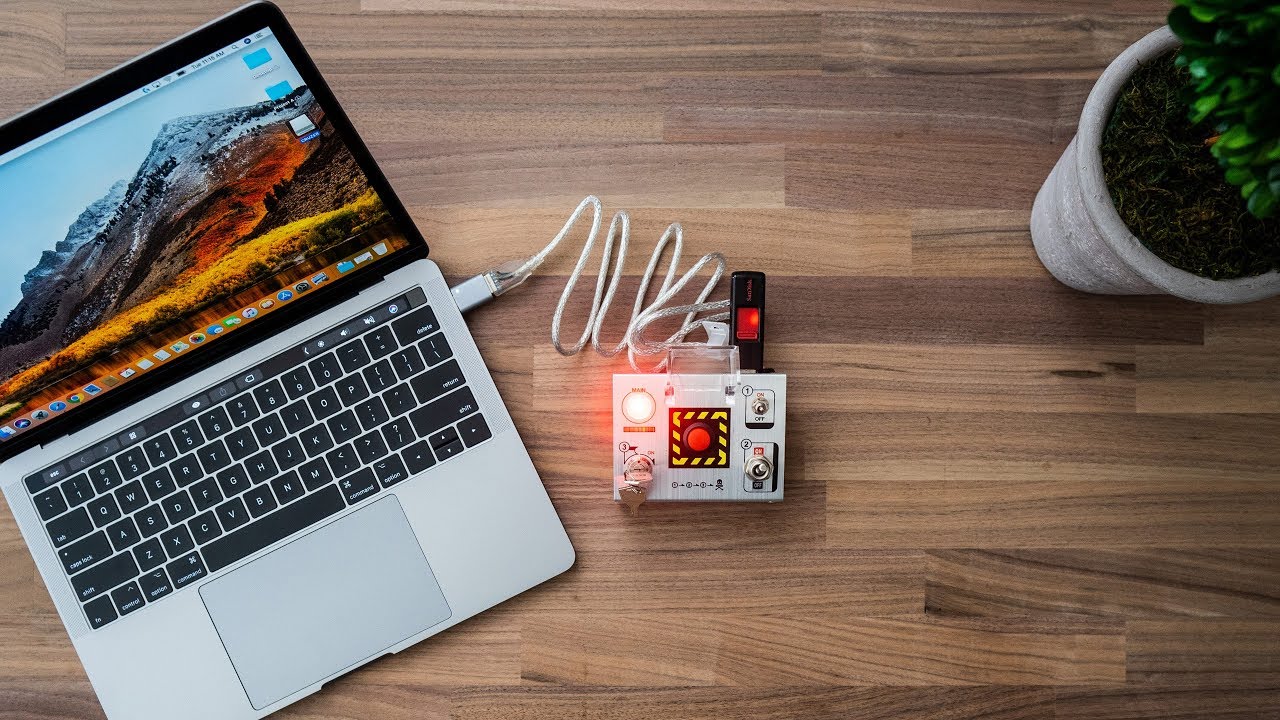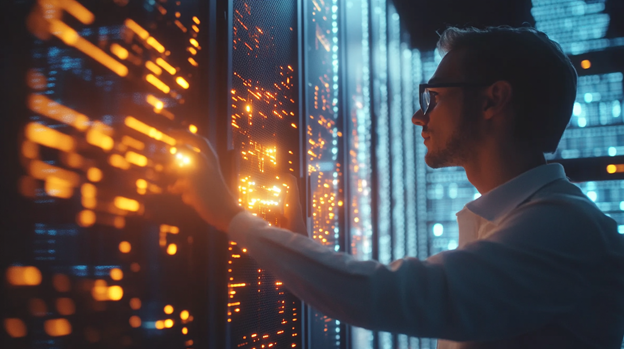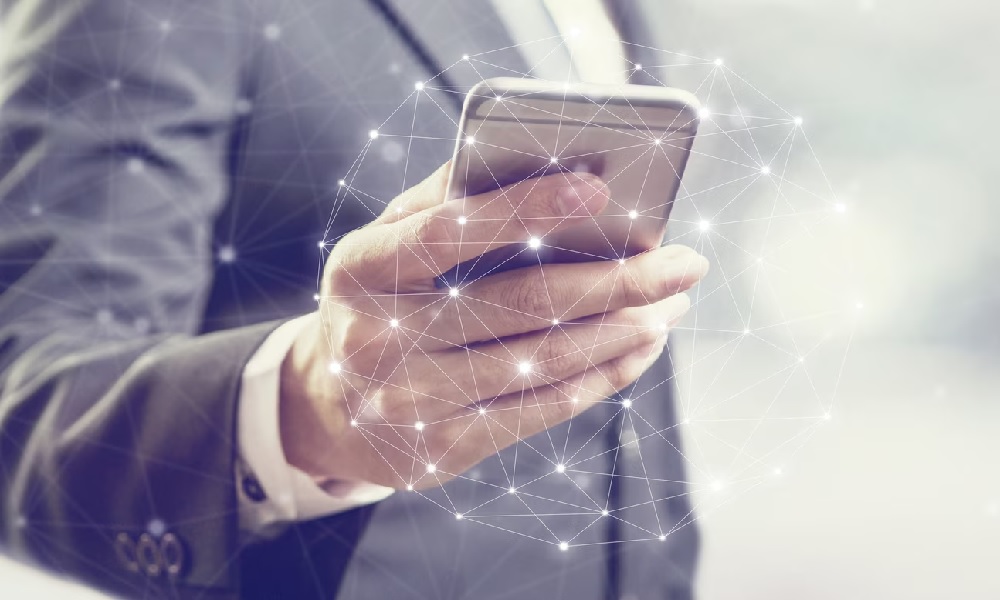A self-destructing note offers an innovative way to share sensitive information without leaving a permanent digital footprint. As teams collaborate across distances, secure communication methods need to be developed. Remote work has transformed the modern workplace. Companies now operate with distributed teams spanning different time zones and countries. This shift has brought numerous benefits, including increased flexibility and access to global talent.
Self-destructing notes are digital messages that automatically delete themselves after a specified time or after being read. Using this technology, sensitive information doesn’t linger in inboxes or devices, reducing data breaches.
Enhanced security for sensitive information
One of the primary advantages of self-destructing notes is enhanced security. In a remote work environment, employees often need to share passwords, financial data, or proprietary information. By using self-destructing notes, this sensitive data is only accessible for a limited time, significantly reducing the vulnerability window.
Reducing digital clutter
Remote workers often struggle with digital clutter, as critical information gets lost in emails and messages. Self-destructing notes help combat this issue by automatically removing outdated or no longer relevant information. This feature ensures employees’ digital workspaces remain organized and efficient.
Encouraging focused communication
Self-destructing notes encourage more focused and deliberate communication. When team members know a message will disappear, they’re more likely to pay close attention to its content and act on it promptly. This can lead to improved productivity and faster decision-making in remote teams.
Protecting intellectual property
Self-destructing notes provide a secure way to discuss creative ideas or share early-stage designs without risking long-term exposure. This feature is precious for creative industries or businesses involved in research and development.
Streamlining project management
Project managers must often share temporary information, such as access codes or meeting details. Self-destructing notes are ideal for this purpose, as they ensure outdated information doesn’t linger and cause confusion. This can help keep remote projects on track and minimize miscommunication.
Building trust in remote teams
Trust is essential in remote work environments. By using self-destructing notes, team members can feel more confident about sharing sensitive information with colleagues. This increased sense of security can foster stronger relationships and more open communication within distributed teams.
Adapting to different time zones
Remote teams often span multiple time zones, which complicates real-time communication. Self-destructing notes offer a solution by allowing team members to share time-sensitive information that will automatically be deleted after a certain period. This ensures that outdated details are precise for colleagues in different time zones.
Facilitating secure brainstorming sessions
Virtual brainstorming sessions are typical in remote work environments. Self-destructing notes can capture and share ideas during these sessions without creating a permanent record. This approach encourages creativity and open discussion while maintaining information security. For more info about privnote visit prlivnote.com
The demand for secure communication tools will likely grow as remote work evolves. Self-destructing notes represent an innovative solution to many distributed teams’ challenges. This technology will shape remote work by enabling secure and efficient sharing of sensitive information.
Conclusion
Self-destructing notes have emerged as a valuable tool for remote work, offering enhanced security, improved organization, and more focused communication. As businesses adapt to distributed work environments, solutions like self-destructing notes will play an increasingly important role in maintaining productivity, security, and trust across virtual teams.




